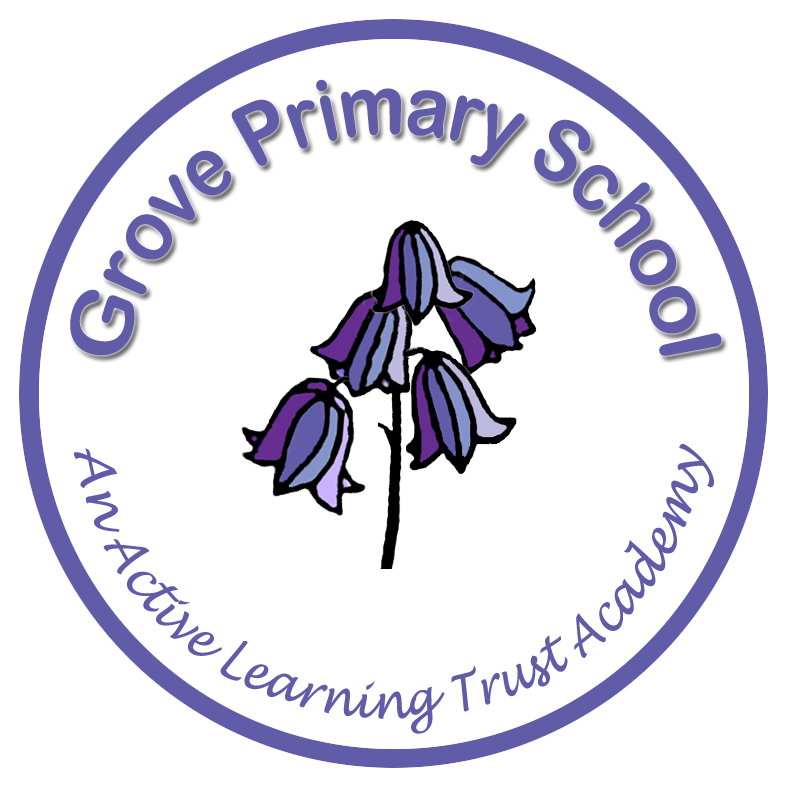Our E-Safety Journey
At Grove Primary we recognise the importance of teaching children about e-safety through lessons that are relevant and engaging. We achieve this by ensuring that children explore key strands in order to be able to keep themselves safe in an ever changing world. Below are the e-safety strands that children explore between Early Years and Year 6.
Why this Journey?

We find ourselves in a world where information drives society and for many media businesses, it’s a valuable commodity. In the centuries before us it was coal; iron; cotton; oil: now its data.
Navigating this complex landscape is difficult at best. Many of us find our way through this tangle of information through trial and error; forging our own unique path and learning as we go. However, as we have seen only too often, some of those “errors” have the potential to lead to harm.
It’s no accident, then, that Media Literacy; Digital Literacy and Citizenship are a key element of the UK government’s “Online Harms” white paper. Amongst a raft of other regulatory measures, Media Literacy education threads itself through the whole strategy.
But what does good digital literacy education look like? How do we craft something that not only is relevant but achieves positive and realistic outcomes?
Eight years ago there was no Snapchat; no TikTok; no 5G; no Cambridge Analytica and whilst the landscape doesn’t hinge on one development, the interplay of all of these technologies changed attitudes, behaviours and priorities.
Who’d have thought we would be worrying about fake news across the whole media landscape or who we could trust eight years ago? Ransomware hadn’t raised its ugly head and the prospect of “deep fakes” hadn’t emerged. Gaming had not yet experienced the online ascendancy of GTA V or Call of Duty and “Blue Whale” was still six years away.
Gradually, Digital Literacy became more difficult to update and less relevant with each passing month. .
Time for a rethink.

